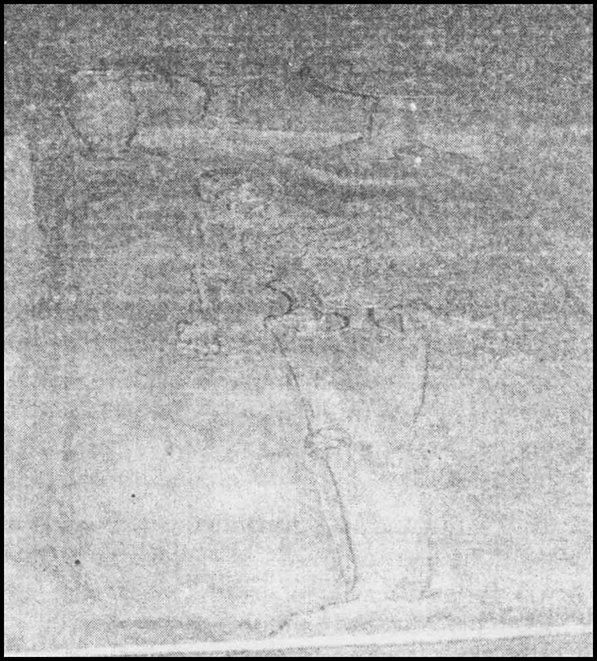Bricks, Beads And Bones
Deadman Lane Deadman Lane is a narrow alley, varying from 3 to 6 feet in width. At the point where the lane turns westward, part of a skull and the bones of the thorax and upper arm of an adult were discovered, all in very friable condition, at a depth of 4 ft 2 inch. The body lay on its back diagonally across the lane. Fifteen inches to the west were a few fragments of a tiny skull. It is to these remains that the lane owes its nature.
Sixteen skeletons of people with the ornaments that they were wearing when they died, were found from the same part of Mohenjodaro in 1925.
A. Why is the lane called Deadman lane?
B. What did some scholars and archaeologists conclude from this information?
C. Who was John Marshall and how did Marshall tend to excavate?
D. Why are earlier interpretations sometimes reversed?
A. John Marshall has called the lane of Mohenjodaro as the Deadman Lane because in this narrow street a part of the skull and the bones of the thorax and upper arm of an adult were discovered. A few fragments of a tiny skull has also been found. Sixteen skeletons of people with the ornaments that they were wearing, when they died, were found from the same part of Mohenjodaro in 1925. It is these remains that the lane owes its name.
B. Some scholars and archaeologists conclude from this information that climatic, economic or political deterioration may have weakened the firmly settled Indus Valley Civilisation. But its ultimate extinction is more likely to have completed by deliberate and large scale destruction. It may be no more chance that at a late period of Mohenjodaro men, women and children, appear to have been massacred there.
C. John Marshall was a great historian, scholar and archaeologist. His famous historical work ‘Mohenjodaro and the Indus Civilisation’ was published in 1931. Marshall tended to excavate to know the possible causes of decline and decay of the well-settled civilisation of the Indian subcontinent, known as the Harappan Culture or the Indus Civilisation.
D. Earlier interpretations are sometimes reversed because new facts are brought to light by new scholars and archaeologists by doing excavation at new sites and places, related with the same civilisation.
Sponsor Area
Some More Questions From Bricks, Beads And Bones Chapter
How do archaeologists trace socio-economic differences in Harappan society? What are the differences that they notice?
Or
Describe how artefacts help in identifying social differences during the Harappan period.
Would you agree that the drainage system in Harappan cities indicates town planning? Give reasons for your answer.
List the material used to make beads in the Harappan Civilisation. Describe the process by which one kind of bead was made.
Look at following fig. and describe what you see. How is the body placed? What are the objects placed near it? Are there any artefacts on the body? Do these indicate the sex of the skeleton?
Fig. A Harappan Burial
Describe some of the distinctive features of Mohenjodaro.
List the raw materials required for craft production in the Harappan Civilisation and discuss how these might have been obtained.
Discuss how archaeologists reconstruct the past.
Discuss the functions that may have been performed by rulers in Harappan society.
On given map, use a pencil to circle sites where evidence of agriculture has been recovered. Mark an X against sites where there is evidence of craft production and R against sites where raw materials were found.
Find out if there are any museums in your town. Visit one of them and write a report on any ten items, describing how old they are, where they were found and why you think they are on display.
Mock Test Series
Sponsor Area
NCERT Book Store
NCERT Sample Papers
Sponsor Area